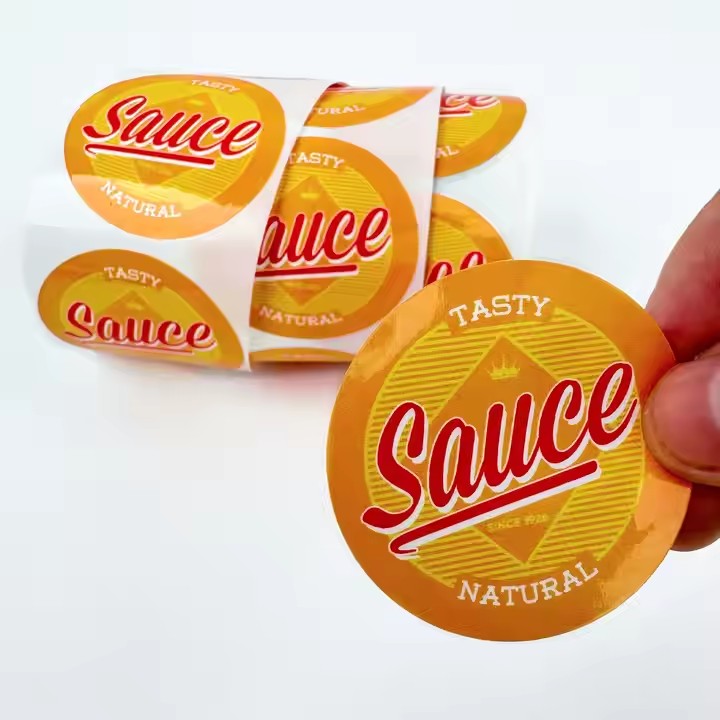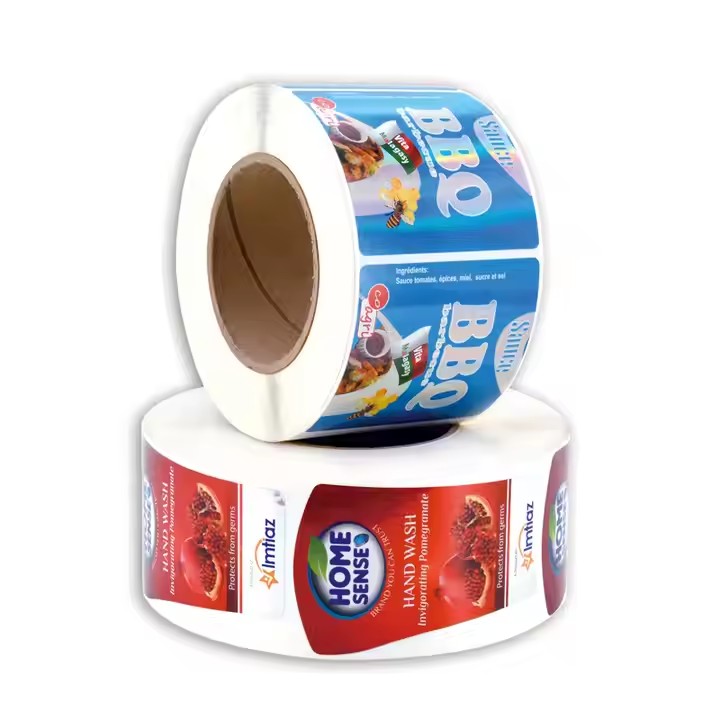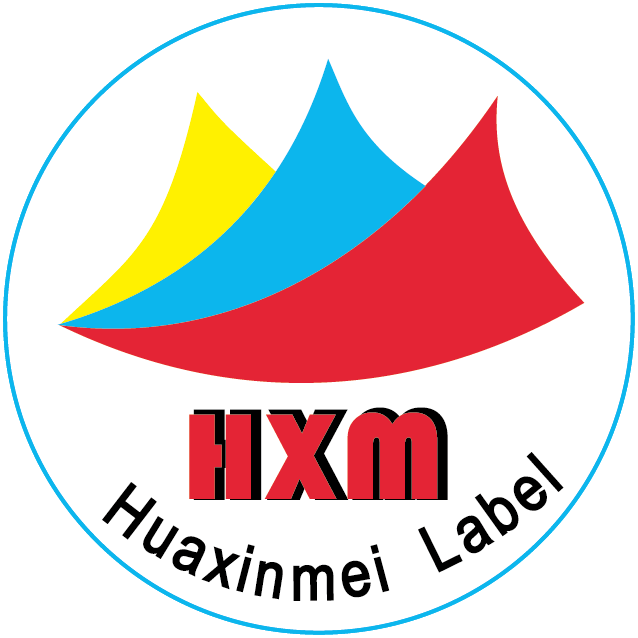Shape and Size
Simple Shapes: Avoid complex shapes and excessive details. Opt for simple geometric shapes like circles, squares, and rectangles. These shapes can minimize material waste during the cutting and production processes. For example, designing a sticker as a circle with a diameter of 5 centimeters can reduce the material loss caused by cutting irregular parts compared to stickers with complex lace or irregular shapes. A simple shape is sufficient because if the pattern is complicated, more paper will be needed, resulting in higher costs.
Miniaturized Design: On the premise of ensuring that the key information is clear and readable and the design effect is achieved, try to reduce the size of the sticker. Simplify and distill the key elements such as the cigar brand logo and name, and remove unnecessary decorative elements, so that the sticker can convey the core information in a smaller size. For instance, reduce the sticker that originally covered a large area of the cigar body to only cover one-third of the circumference of the cigar body, with a height controlled at about 2 to 3 centimeters. Miniaturized design can directly reduce material expenditure, thus reducing the amount of materials used.
Structure and Layout

Single-layer Structure: Adopt a single-layer sticker structure and avoid using multi-layer stacking or complex three-dimensional structures, which can reduce the number of material layers used. If some effects need to be highlighted, they can be achieved on a single-layer sticker through printing processes such as gold stamping and embossing, instead of adding material layers. A single-layer structure can also reduce the use of paper and materials. However, an important prerequisite is to use relatively thick paper, otherwise a single layer of paper is likely to break easily. A single-layer structure is very suitable for cigars because of the compact and delicate characteristics of cigars, and a single-layer structure is needed for packaging.
Compact Layout: Arrange the text, patterns and other elements on the sticker in a compact and reasonable way, make full use of the space, and reduce the blank area. Arrange information such as the brand name, place of origin, and year of production in a concise and clear manner, and adjust the font size and spacing reasonably to make the information clear and compact. For example, arrange the text information in two lines. The first line is the brand name in a larger font, and the second line is the auxiliary information such as the place of origin and year of production in a smaller but still legible font. Minimize the spacing between the two lines while ensuring readability. A compact layout can display more product information on the label as much as possible.
Material Selection
Lightweight Materials: Select lightweight materials that have sufficient strength and toughness. They can meet the usage requirements of the sticker while reducing the amount of materials used. For example, use special paper or film materials with a thickness of 0.05 to 0.1 millimeters. These materials can save a large amount of raw materials compared to thicker materials while ensuring that the sticker is not easily damaged. Choosing lightweight materials can save a significant amount of material costs, and lightweight materials can better adhere to the cigar. This ensures that the label on the surface of the cigar fits well and makes the cigar look of higher quality.
Ductile Materials: Select materials with a certain degree of ductility. In this way, during the sticker pasting process, if there are some small position deviations or fine adjustments are needed, it can be adjusted by stretching or deforming instead of re-cutting the sticker, thus reducing material waste. For example, some elastic film materials have such characteristics. Using ductile materials can well fit the curvature of the surface of the cigar when pasting the sticker, resulting in a better product.
Printing and Process
Partial Printing: Only print on the parts where information and patterns need to be displayed, instead of full-coverage printing on the entire surface of the sticker. This can save printing materials such as ink. For example, only print the brand logo and key text in the central area of the sticker, and do not print on the surrounding blank parts. Partial printing can also save materials well, only printing relevant logos and product-related patterns. Partial printing can also save related printing costs, as well as water and electricity costs, ink costs, design costs, and other expenses. In short, partial printing can save a large number of costs.

Digital Printing: Adopt digital printing technology, which can accurately control the amount of ink used according to the design requirements, avoiding the ink waste that may occur in traditional printing methods. At the same time, digital printing can also achieve on-demand printing, that is, production according to the actual order quantity, reducing inventory backlogs and material waste caused by excessive inventory. Digital printing can accurately produce label products without wasting products during the production process. The advantage of digital production is that the quantity and quality of production are precisely controllable. For example, if there are any problems during the production process, the digital monitoring can be directly called up to clearly know which steps have problems in the production process, and the problem can be solved in a short time by focusing on it.


